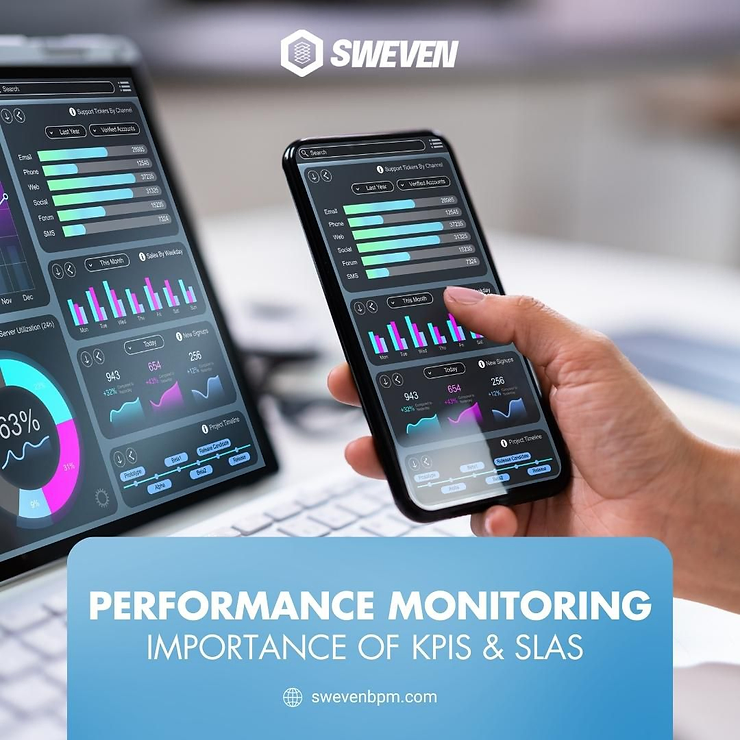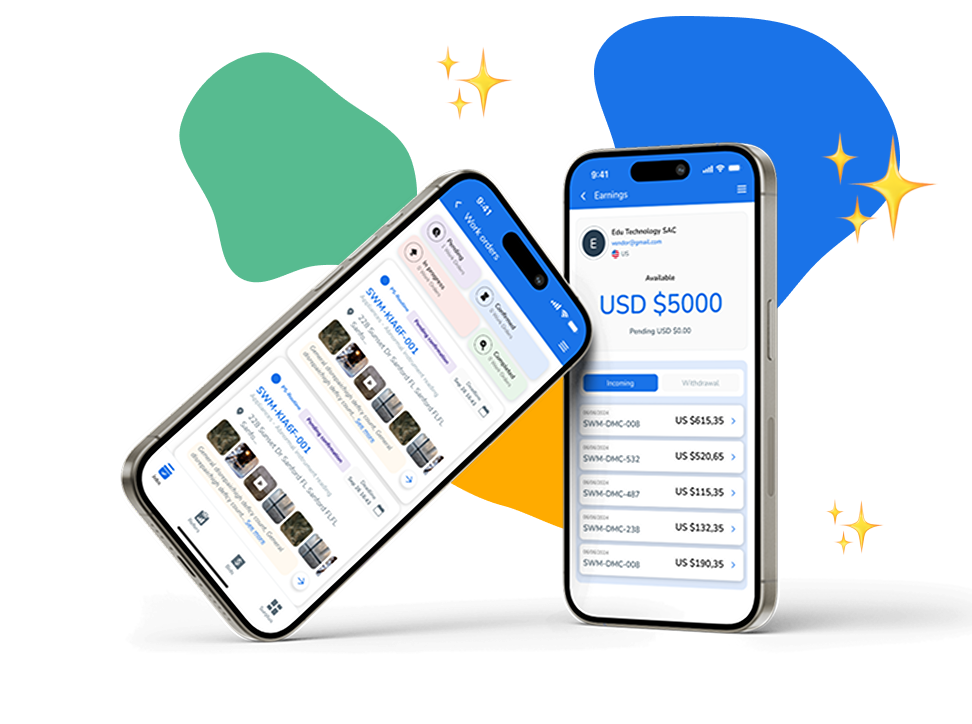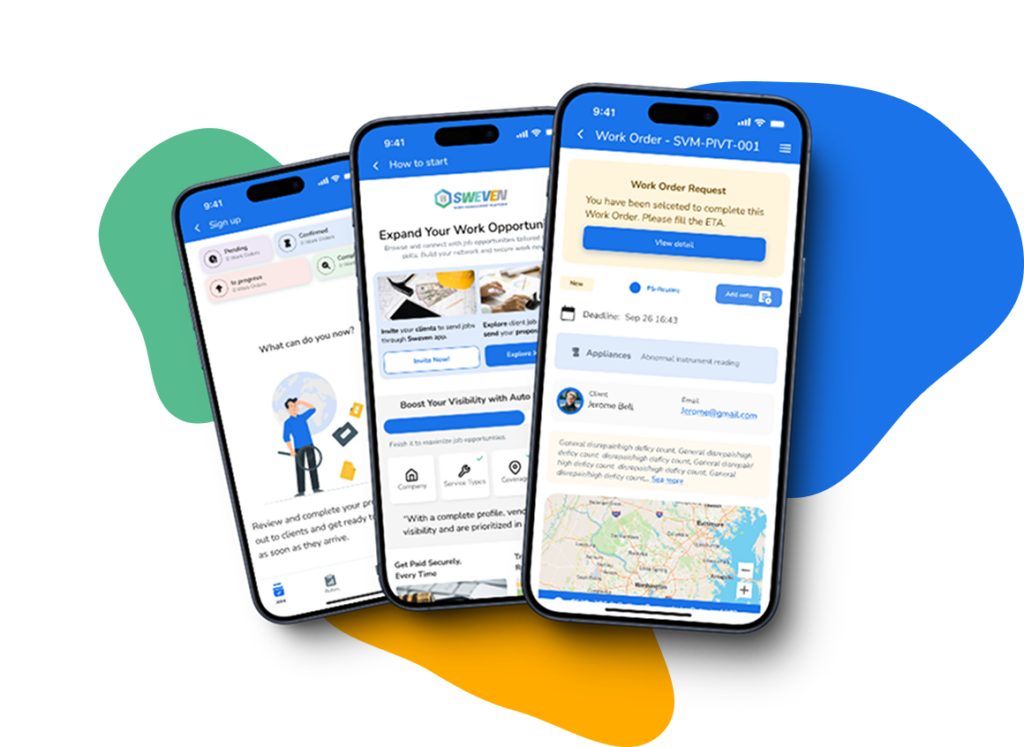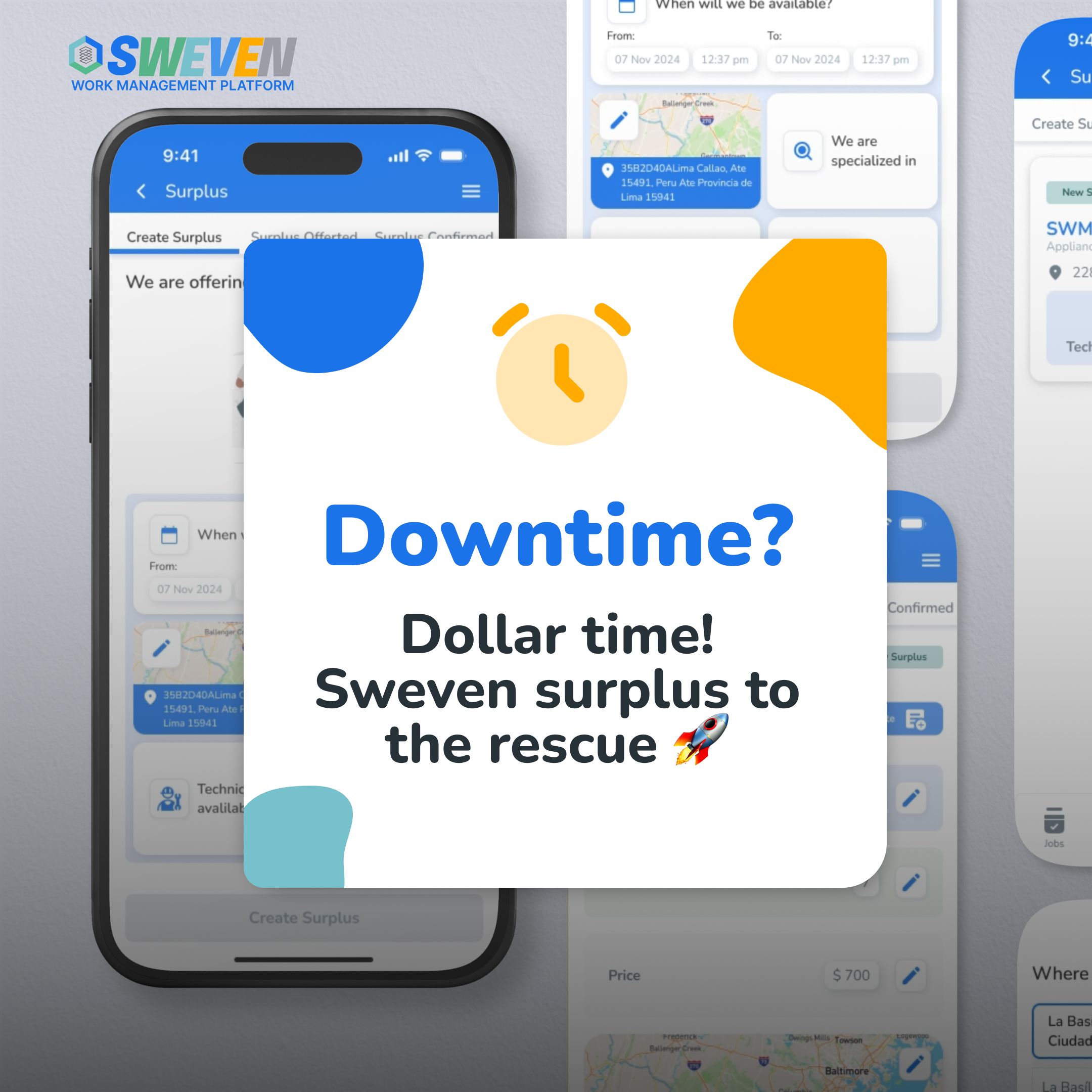In today’s dynamic business landscape, tracking vendor performance against key performance indicators (KPIs) and service-level agreements (SLAs) is paramount for maintaining high-quality partnerships and ensuring that vendors consistently meet their commitments. However, manually monitoring and addressing deviations from these standards can be both time-consuming and challenging.
Thankfully, there’s a solution that streamlines this process – Vendor Performance Management (VPM) systems. In this blog post, we’ll explore the importance of monitoring vendor performance, the challenges it presents, and how VPM systems can transform the way businesses manage their vendor relationships.

The Importance of Vendor Performance Monitoring:
Effective vendor performance monitoring serves as the backbone of successful vendor relationships. It offers several key benefits, including:
- Quality Assurance: It ensures that vendors consistently deliver products or services that meet or exceed agreed-upon standards.
- Cost Control: Monitoring vendor performance can identify cost-saving opportunities and prevent unnecessary expenditures.
- Risk Mitigation: By promptly addressing deviations from KPIs and SLAs, businesses can reduce the risk of disruptions and financial losses.
- Vendor Accountability: Performance monitoring holds vendors accountable for their commitments, encouraging them to maintain high-quality service.
Challenges in Vendor Performance Monitoring:
Monitoring vendor performance manually comes with its fair share of challenges:
- Data Overload: Gathering and analyzing data from various sources can be overwhelming, leading to data overload.
- Timeliness: Monitoring in real-time can be challenging, making it difficult to address deviations promptly.
- Lack of Visibility: Without a centralized system, businesses may lack visibility into vendor performance metrics.
- Communication Gaps: Miscommunications and misunderstandings can occur when performance issues are not addressed promptly.
The Solution: Vendor Performance Management (VPM) Systems:
Vendor Performance Management (VPM) systems offer a comprehensive solution to these challenges. Here’s how they work and why they are invaluable:
1. Automated Monitoring and Reporting:
VPM systems automate the monitoring and reporting of vendor performance metrics. This means that businesses no longer need to manually gather data from disparate sources.
2. Real-Time Visibility:
These systems provide real-time visibility into vendor performance, allowing businesses to promptly identify deviations from KPIs and SLAs.
3. Alerts and Notifications:
VPM systems can be configured to send alerts and notifications when performance deviates from the agreed-upon standards. This ensures that issues are addressed promptly.
4. Regular Performance Reviews:
Alongside automated monitoring, regular performance reviews with vendors are crucial. These reviews foster open communication and enable both parties to collaborate on solutions.
5. Continuous Improvement:
VPM systems not only help identify performance issues but also enable businesses and vendors to work together on continuous improvement initiatives.
–
Vendor performance monitoring is a critical aspect of vendor management. It ensures that vendors consistently meet their commitments, maintain quality standards, and provide value to the business. While manual monitoring can be challenging and time-consuming, Vendor Performance Management (VPM) systems offer a streamlined and automated solution. By implementing VPM systems, businesses can enhance their vendor relationships, reduce risks, and ultimately achieve greater success in an increasingly competitive marketplace. Remember, in today’s fast-paced business
















